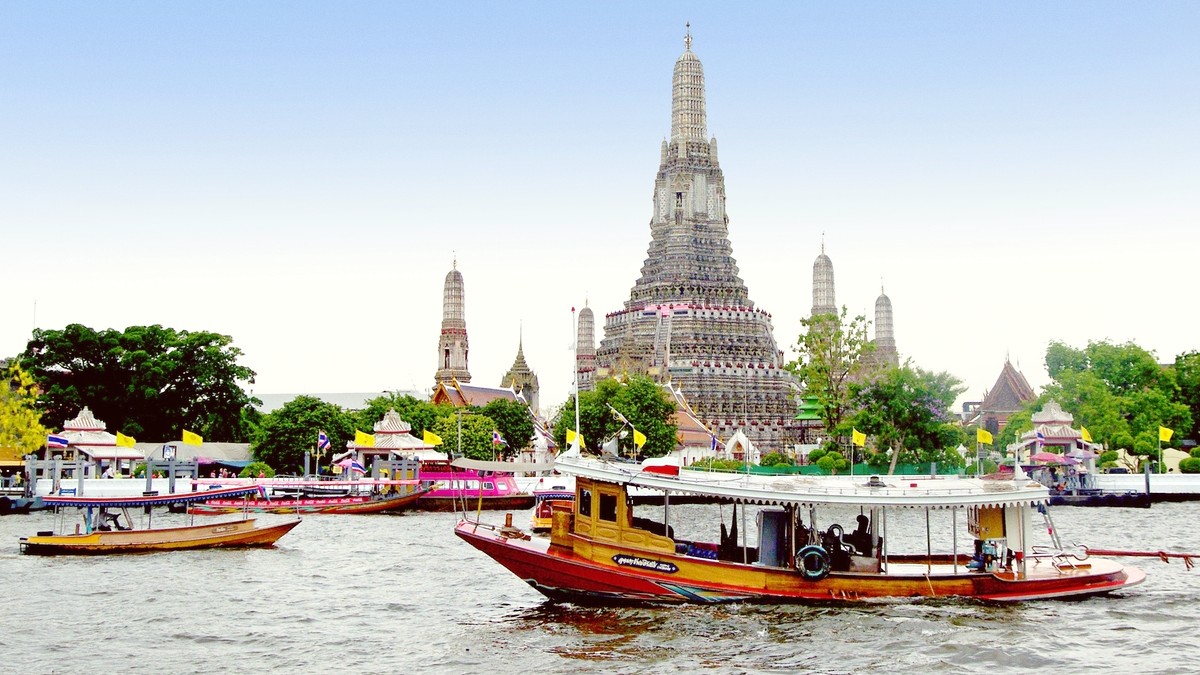
Southern Albania, Albania
Butrint National Park, located approximately 18 kilometers south of Saranda, an ancient city displaying nearly 3,000 years of continuous human settlement. Its ruins layers from Greek, Roman, Byzantine, and Venetian periods.
A well-preserved Roman theatre, a large basilica, a baptistery with an intricate mosaic floor, and remnants of a Venetian castle. The site sits within a beautiful natural park, adding to its allure.
Arrive early morning or late afternoon to avoid the largest crowds and intense summer heat. Allow 2-3 hours for exploration. Wear comfortable shoes.
Group of three small islands just south of Saranda, near Butrint.
Famous for pristine turquoise waters and white sand beaches, "Albanian Maldives."
Accessible by swimming, short boat trip, or walking through shallow waters.
Ruins of a 5th-century synagogue in city center, highlighting historical Jewish community.
All areas generally safe for tourists. Apply standard precautions.
Saranda focuses on its natural beauty and ancient ruins. Opportunities exist to engage with the region's cultural heritage.
Located within Butrint National Park. Collection of artifacts unearthed from the Butrint site.
Displays pottery, sculptures, and inscriptions found during excavations, providing historical context.
Enhances the history of the ancient city and its diverse past.
A day trip from Saranda. Offers insights into traditional Albanian life and culture.
Showcases historical household items, traditional clothing, and crafts.
Occasionally hosts local performances or cultural events. Check local listings.
Artifacts from Butrint, providing historical context to the ancient city.
Insights into traditional Albanian life, historical items, and crafts.
Venue for local performances and cultural events, check listings upon arrival.
Saranda's area rich in historical sites, offering glimpses into Albania's past, from ancient civilizations to Ottoman strongholds.
Beyond its historical depth, Saranda boasts stunning natural attractions, from pristine springs to beautiful coastlines.
Saranda Promenade with landscaped areas and green spaces. Butrint National Park encompasses diverse ecosystems.
Lekursi Castle offers the best panoramic viewpoint of Saranda bay and Corfu, especially at sunset.
Remarkable natural spring known for incredibly clear, deep blue water bubbling up from a karst spring.
Many beautiful beaches within Saranda (Central Beach, Mango Beach) and further south (Ksamil beaches, Mirror Beach, Kakome Beach). Clear waters and various facilities.
Find water activities on GetYourGuideLake Butrint (Liqeni i Butrintit) adjacent to the archaeological site, part of the national park's ecosystem. The Vivari Channel connects Lake Butrint to the Ionian Sea.
Book Butrint tours on GetYourGuideButrint National Park a significant area for wildlife viewing, especially birdwatching. The Blue Eye serves as a prime example of a karst spring. Rugged coastline creates dramatic landscapes.
Kakome Beach & Kroreza Beach are pristine, secluded beaches, often only accessible by boat or after a demanding hike. Nisida Island near Ksamil, a quiet escape.
Borsh Beach, longest and least developed beach north of Saranda. Qeparo, charming village with traditional coastal life and stone houses.
Beyond the well-known sights, Saranda's region holds several hidden gems, offering quieter beauty and unique experiences away from the main tourist paths.
Explore local favorites rarely visited by tourists for a tranquil experience.
A visit to Gjirokastër, often called the "stone city," highly recommended. This city features well-preserved Ottoman-era architecture, including unique tower houses (kulla), a grand castle, and an old bazaar.
It a popular day trip from Saranda for its historical districts and architecture.
Gjirokastër's rich history dates back to the Ottoman period, reflected in its unique architecture.
Gjirokastër offers specialized museums and cultural sites.
Gjirokastër's landscape includes remnants of Albania's past isolation and military preparedness.
Gjirokastër is recognized for its universal value.
To enhance your sightseeing and attraction visits, consider using these resources.
Book attraction tickets and guided tours via platforms like GetYourGuide for convenient planning.
For Butrint, local guides are often available at the entrance. Pre-booked tours provide transport from Saranda.
Consider an Amazon guidebook for self-guided visits to ancient sites.
Arrive early morning or late afternoon to avoid crowds and intense summer heat. Softer light ideal for photography. Allow 2-3 hours.
Visit for sunset views. The restaurant within provides an excellent vantage point for capturing the sun dipping below the horizon.
Shoulder seasons (May-June, September-October) fewer crowds than peak summer months. Consider renting a small boat or kayak.
Wear comfortable shoes for uneven terrain at ancient sites. Well-marked paths for exploration.
Panoramic views from the road descending into Saranda. Ksamil islands for postcard-perfect shots. Sunset from Lekursi Castle for breathtaking photos.
The Archaeological Museum of Butrint is located within the National Park.
While formal art galleries are limited, local opportunities to engage with cultural expressions exist.
Consider combining your visit to Butrint National Park with the nearby Ksamil Islands for a full day of history and natural beauty.
For a dive into Albanian culture and history, a day trip to Gjirokastër offers a contrasting and rewarding experience.
Beyond the immediate vicinity of Saranda, the region boasts additional natural attractions for exploration.
A truly remarkable natural spring located about 25 kilometers east of Saranda.
Saranda's natural areas are home to diverse flora and fauna.
Beyond archeology, Butrint National Park encompasses diverse ecosystems.
These areas contribute to the park's allure and biodiversity.
The region showcases fascinating geological structures.
These formations contribute to the scenic beauty of the Albanian Riviera.
Important wetland areas for birdwatching and ecological study.
Consider exploring these areas for their ecological richness.
Explore smaller, uncrowded beaches between Saranda and Ksamil. Accessed via narrow dirt roads, a more tranquil experience.
Seek out local eateries slightly off the main promenade. These places often serve authentic Albanian cuisine at better prices and offer a glimpse into local life.
Borsh Beach, one of the longest and least developed beaches on the Albanian Riviera. Qeparo, a charming village north of Saranda.